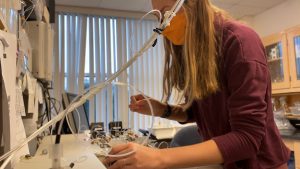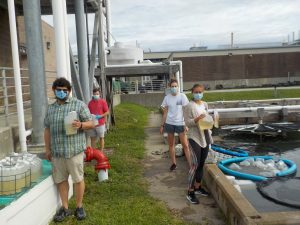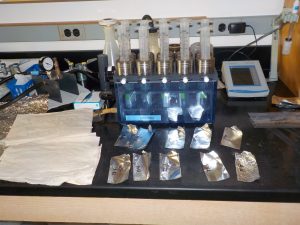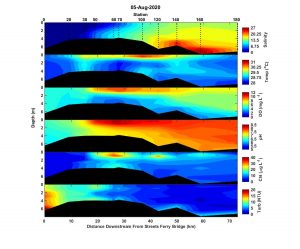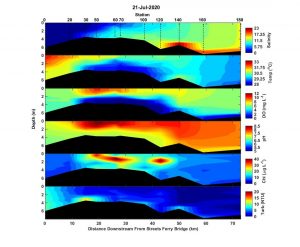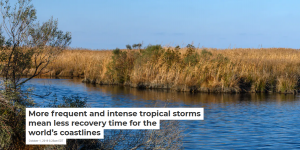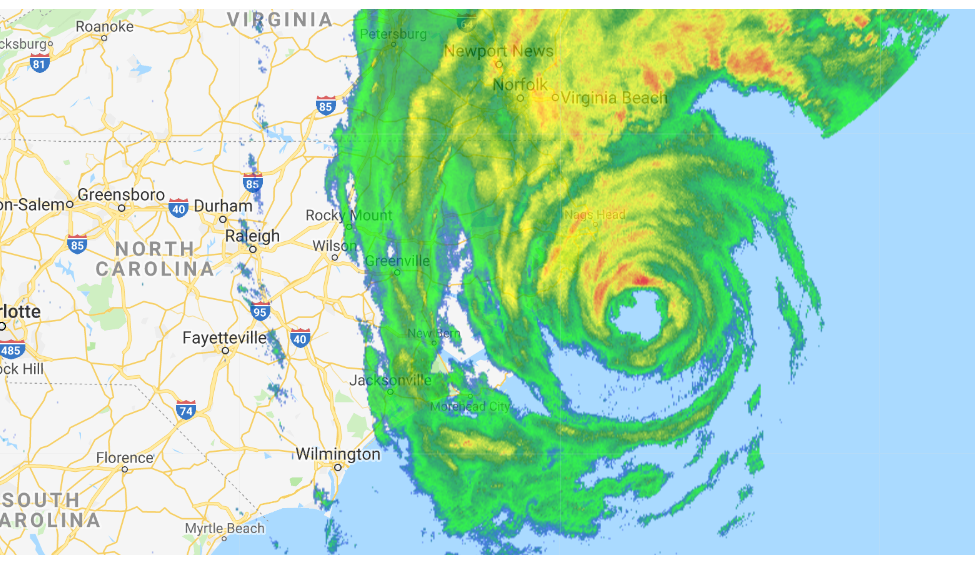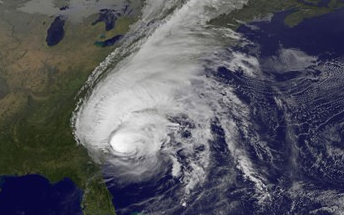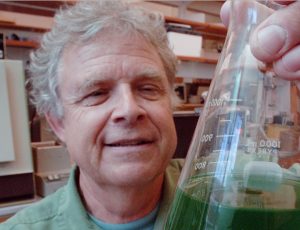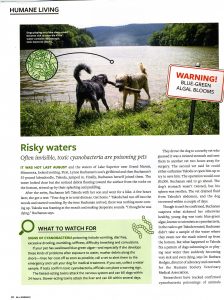
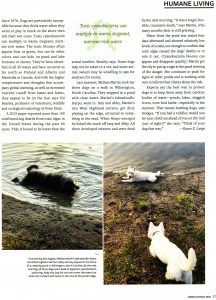
The June July August 2020 issue of All Animals included an article about the necessity of local water quality monitoring, specifically monitoring for cyanobacteria. Some cyanobacteria is toxic, whether inhaled, consumed, or touched as seen in the case of this article. In the Paerl Lab, we have monitored for cyanobacteria in multiple ways to help maintain healthy waterways throughout the past few decades. This sad story in the All Animals issue occurred not far from our local area, so please stress to your local, state, and federal government the need to improve and maintain our waterways through funded reserach!
